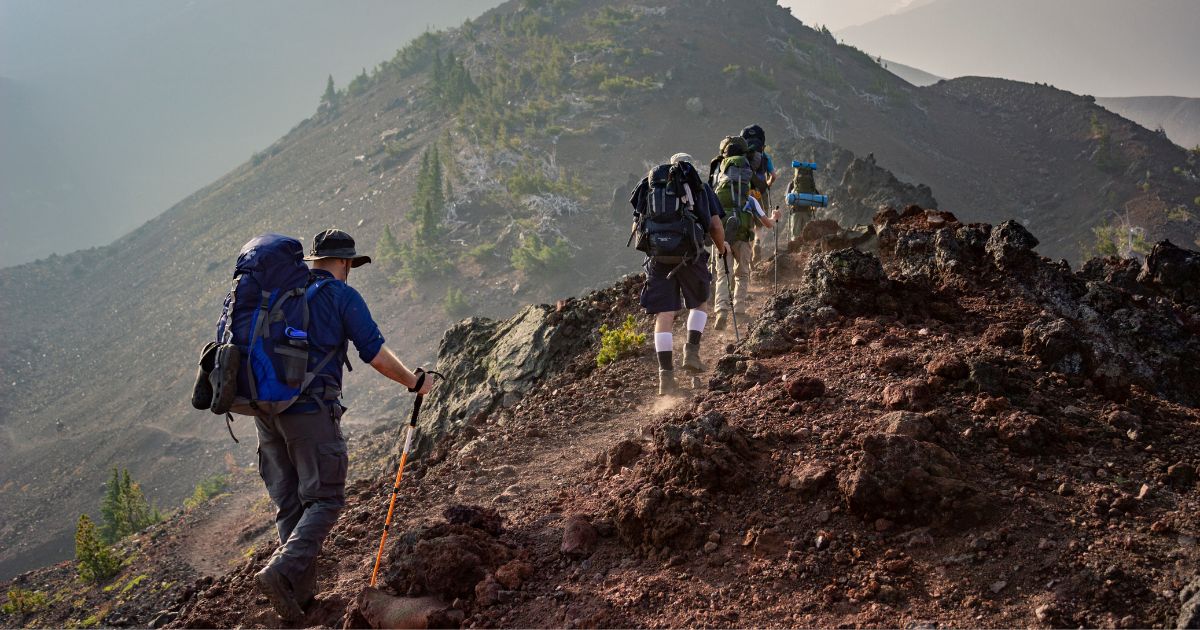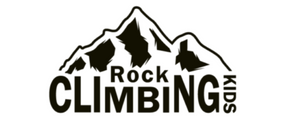Table of Contents
The 5 Fundamentals of Climbing You Need to Know
Learning to climb entails developing a variety of techniques to tackle different sections of a route. It’s also critical to understand more general movement patterns and general techniques that can be used in most circumstances. Following the Pareto principle, we’ll examine the five fundamental climbing principles that account for 80% of your moves in this article.
The basis of climbing is the opposite hand and foot
Contralateral movement, or the motion produced by limbs on opposite sides of the body, is the basic idea behind climbing. The opposing hand and foot provide stability when running, walking, crawling, or climbing. For maximum stability, apply force across your body diagonally when moving. Keep in mind to move the foot on the same side as your hand.
Climbing requires the application of this technique because it makes movement controlled and efficient. Climbers can stay balanced and stable on the wall by moving contralaterally. It also makes it possible to reach holds that might otherwise seem unreachable and to move through a wider range of motion. As your climbing skills advance, remember the value of using opposite hand and foot movements to enhance your overall technique. Regular practice of this technique will result in a noticeable improvement in your climbing abilities.
Counter-Pressure: Maintaining a Firm Posture
To maintain stability against the wall, opposing forces must be applied to at least two points of contact. Counterpressure improves your hold-grabbing ability and is typically accomplished with push and pull motions. Leverage and stability can be increased, for instance, by pushing away with the foot while pulling on a side pole. Accept counterpressure to maintain a steady body posture in situations such as underlings.
To climb with control and balance, counterpressure is necessary. You can become more stable and self-assured on the wall by learning how to apply opposing forces effectively. Accepting counterpressure will make it easier for you to navigate difficult routes, whether you’re dealing with holds or overhangs.
Leverage Maximization on Holds: The 90° Rule
Follow the 90° rule when using handholds to maximize leverage. Make sure your form is 90 degrees angled toward the handhold by pulling in a direction perpendicular to the hold’s edge. In addition to counterpressure, this idea improves stability. You can maximize your climbing efficiency by using the 90° rule when working with side pulls or underlings.
It’s critical to keep your body awareness and movement conscious to improve your climbing technique. You can more evenly distribute your weight and lessen the strain on your muscles by paying attention to the 90° rule. This helps you stay balanced and more stable while also preserving energy for the more difficult parts of the ascent. If you apply the 90° rule to your navigation of various hold types, you’ll find that you can climb more efficiently and with better control.
Center of Gravity: The Key to Balanced Climbing
Climbing requires balance, which is essentially keeping your center of gravity within your base of support. To improve balance, make sure your hips remain close to the wall and that your base of support is wide. Use counterbalance strategies like back flags to avoid swinging as you decrease contact points, such as holding two points on the same side.
Try not to overreach when reaching for holds as this can cause you to lose your balance. Instead, concentrate on keeping your body close to the wall to maintain your center of gravity. Furthermore, pay attention to how you place your feet because it can significantly enhance your stability and balance. Tension and panic can cause one to lose their balance, so always remain composed and take deep breaths. Gaining control over your center of gravity will help you become a more proficient and self-assured climber.
Use the Dead Point Technique to Move Away to Move Toward
It becomes necessary to move dynamically when maintaining static positions becomes difficult. To generate momentum for the dead point technique, one must first move away from and then toward the target hold. This method, which is essential for increasing difficulty, can be used at different distances: from short-dead points for accurate movements to long-dead points for dynamic reaches.
The dead point technique necessitates timing, accuracy, and strength. Climbers can enhance their general climbing abilities and navigate difficult routes more skillfully by learning this technique. The dead point technique can also be applied to save energy and lessen the workload on particular muscle groups. The dead point technique is an invaluable tool for conquering challenging obstacles on the climbing wall as climbers continue to push their limits.
In conclusion
Gaining proficiency in these five essential climbing concepts will improve your abilities and help you become a more intuitive climber. When you deliberately put these strategies into practice, you’ll discover that you can navigate routes more quickly. Recall that 20% is effective 80% of the time, so embrace it and enjoy the process of improving your climbing technique and smoothness.
Continue stretching yourself, improving your skills, and challenging yourself. You’ll quickly become proficient and confident in your climbing abilities with commitment and practice. Put on your shoes, write on your hands, and keep pushing yourself to new heights. Cheers to your ascent!
Related Posts










Discussion about this post